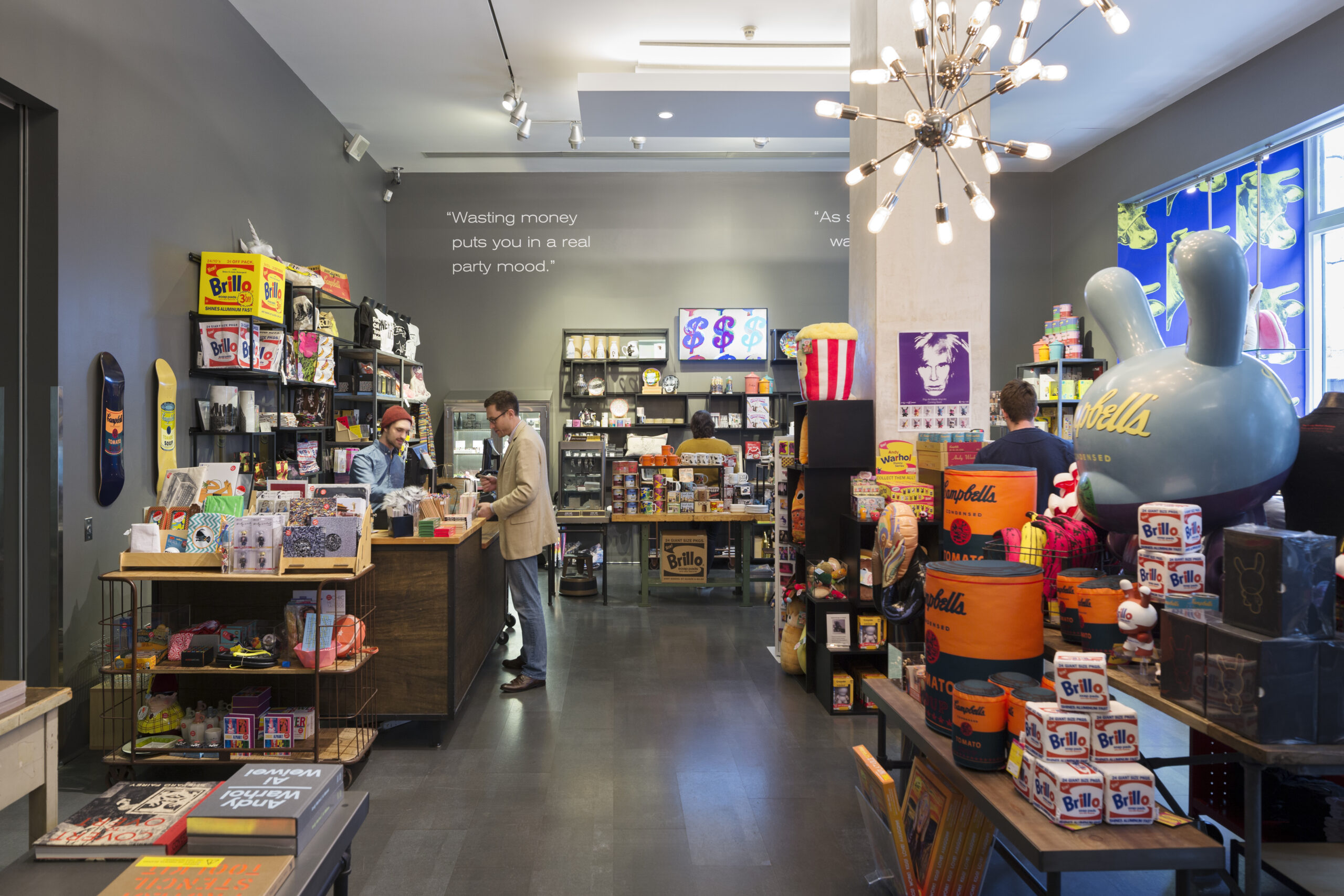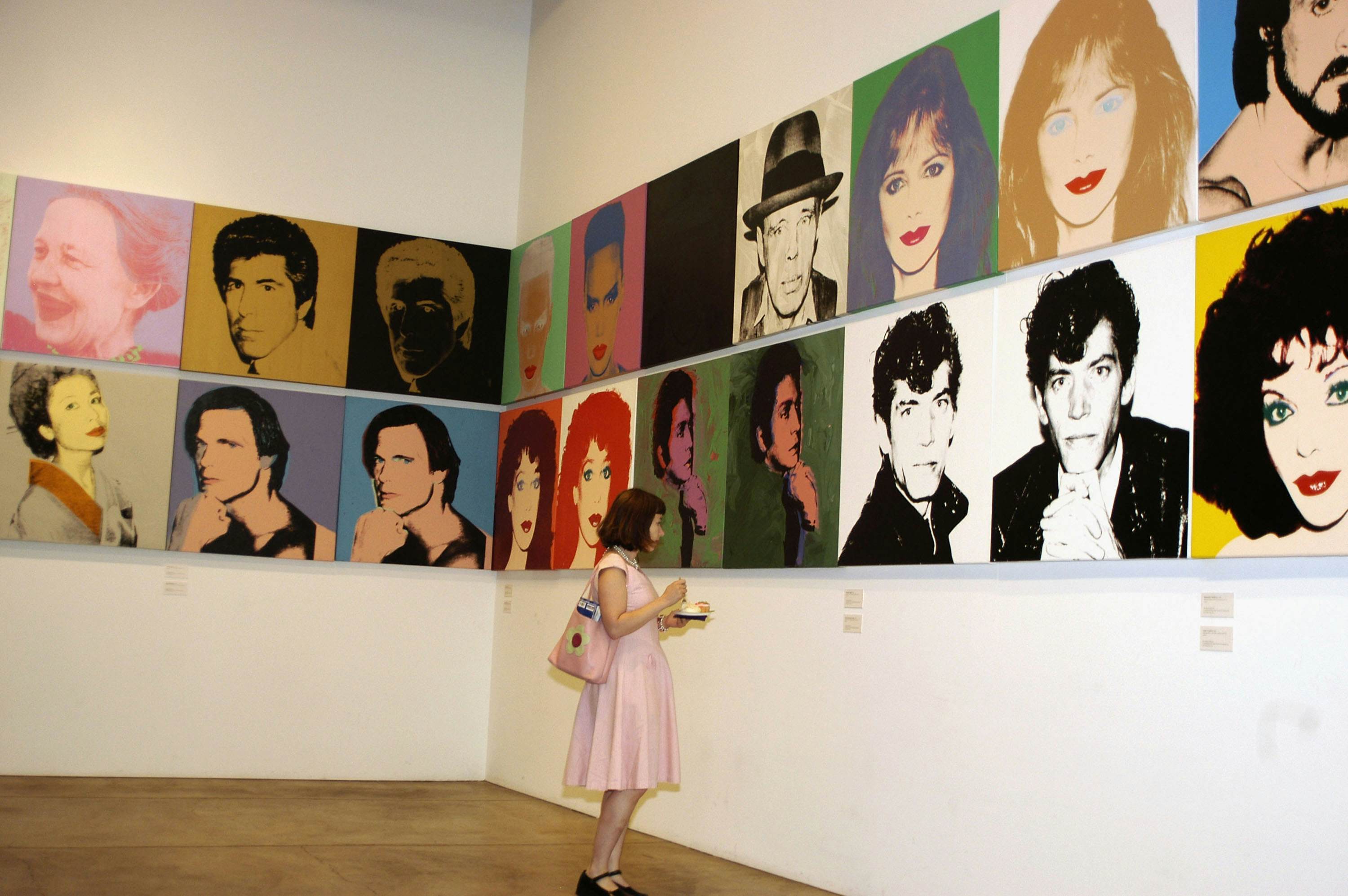

Pittsburgh andy warhol museum hours serial#
The keystone of the archives collection is Warhol’s largest serial artwork, the Time Capsules. The archives collection includes scrapbooks press clippings art supplies source material posters publicizing exhibitions and films about 4,000 audio tapes of conversations between Warhol and his associates thousands of documentary photographs a nearly complete run of Interview magazine his extensive library hundreds of decorative art objects and many personal items, such as correspondence, diaries, clothing, wigs, and cosmetics. The collection consists of perhaps half a million objects, and it tells Warhol’s story alongside the art collection. Generous support for this exhibition at the Blanton is provided by the Scurlock Foundation Exhibition Endowment.The archives are part of Warhol’s life work and the greatest single collection of ephemera documenting the diverse worlds in which Warhol was active. This exhibition has been organized by The Andy Warhol Museum, Pittsburgh, one of the four Carnegie Museums of Pittsburgh. His lifelong relationship with books and the publishing world is presented for the first time in this career-spanning survey.

Warhol was an experimenter and observer for whom authors served as celebrities. Printing methods he used in his commercial designs led to his famous silk-screening technique, and resulting prints and paintings maintained the hand-detailed quality of his early artist books. Warhol’s early career in commercial design, reproduction, artist books, and storytelling profoundly inspired his art-making practice. Children’s books were one of his lifelong interests, with examples spanning five decades, including books he wrote and illustrated, and others that served as source material for artworks.Īndy Warhol, Truman Capote, 1979, acrylic and silkscreen ink on linen, 40 x 40 in., Collection of The Andy Warhol Museum, Pittsburgh, © 2016 The Andy Warhol Foundation for the Visual Arts, Inc. Warhol embraced poetry, romantic fiction, cookbooks, instructional how-to pamphlets and sales catalogues, hand-detailed artist books, and authored best-selling mass-market memoirs. From his collaborative artist books of the 1950s, which featured his mother’s calligraphic writing as well as drawings and poems from male love interests, to his celebrity-centric photo books and Diaries of the 1980s, Warhol chose “new ways to say old things and old ways to say new things,” as he said. His career-long commitment to making and appreciating books was matched by his interest in questioning and experimenting with the way in which a book is presented to its readers. In his life with books, Warhol (1928–1987) was an illustrator, designer, author, editor and publisher, and an admirer.

Andy Warhol, Dolly Parton, 1985, acrylic and silkscreen ink on linen, 42 x 42 in., Collection of The Andy Warhol Museum, Pittsburgh, © 2016 The Andy Warhol Foundation for the Visual Arts, Inc.


 0 kommentar(er)
0 kommentar(er)
